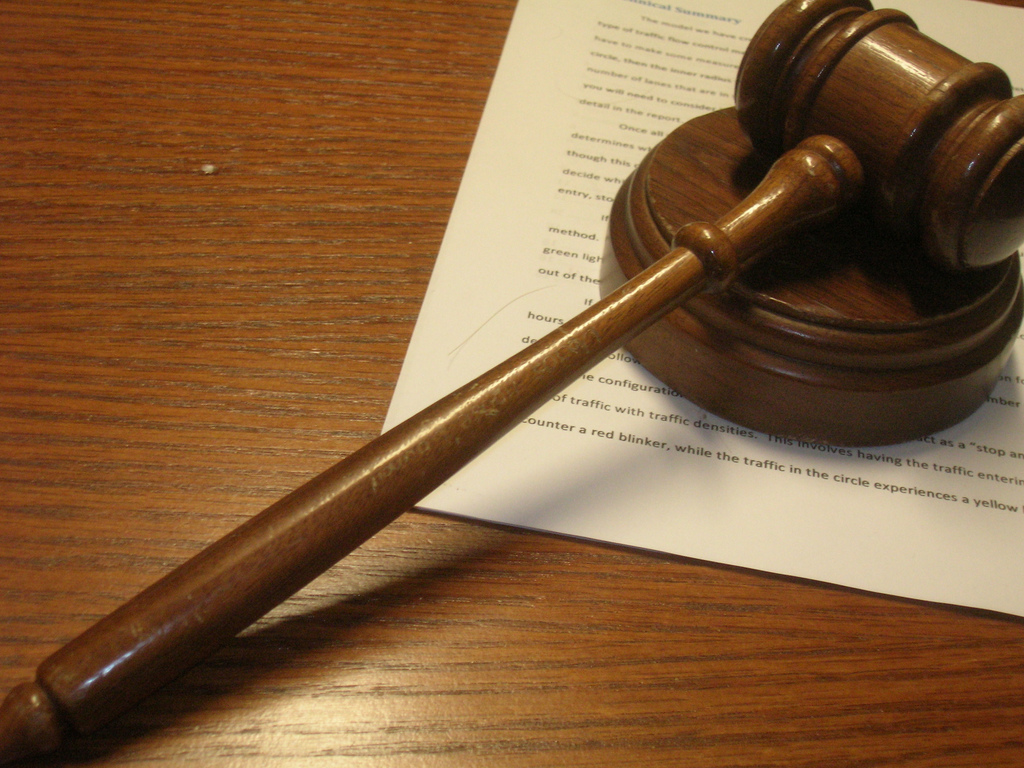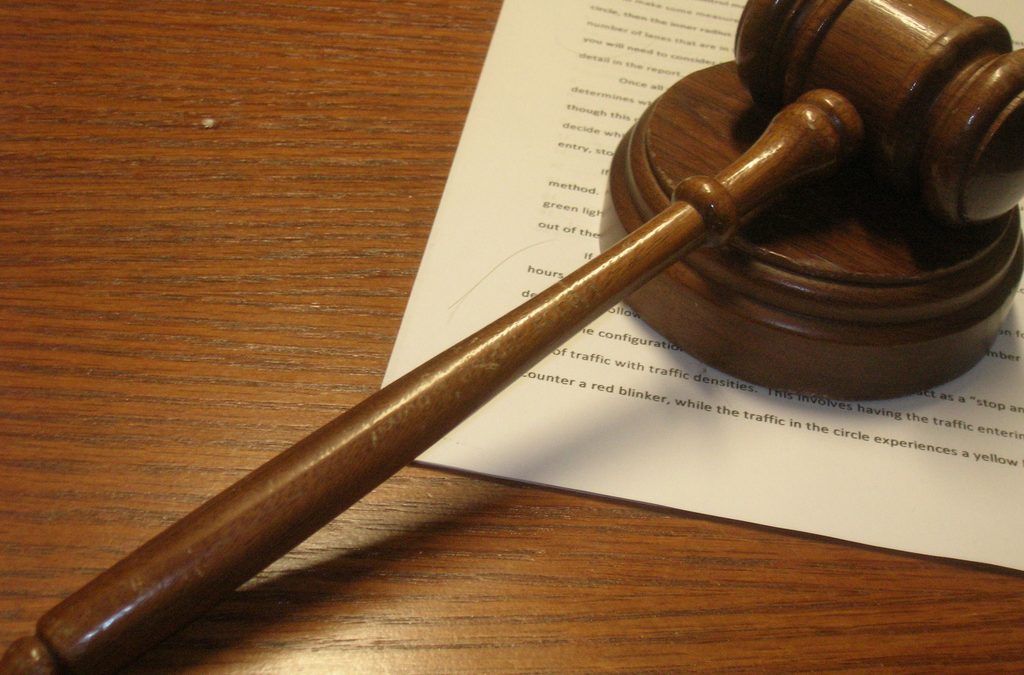
Surviving the BPTC – Conferencing
October 27, 2012
Warning! This Post Contains Maths – Solicitors’ Accounts
November 8, 2012Two subjects which seemed to cause an undue amount of stress during our BPTC years were Opinion Writing and Drafting.
This was largely due to people slavishly following the example answers provided during the year, rather than understanding the thought process behind them. Whilst elements were similar to each, the fact pattern and therefore the advice required changed in each piece.
So this week, we want to give an introduction to Opinion Writing…
Helen found that she was particularly lucky in that her tutor during the first term would work through the question they had been set as a ‘chalk and talk’ before showing us the staff answer, meaning that they took a much more logical, fact-based approach, to each new problem.
This doesn’t always happen though, and often students struggle to understand why there isn’t strictly a ‘right answer’ to every task. So how do you tackle an opinion writing task?
As with all such things, you first need to read through the documents you have been given. In your head, keep in mind the following questions:
- What stage are proceedings at?
- Who do I act for?
- What is my client actually asking me to advise on?
- What is the relevant evidence?
- Is the evidence sufficient to give advice either way?
- If the evidence is not sufficient, what else do I need before I can give strong advice?
Once you have read through everything, read it again. You now have a good idea of what you are looking for, so keep some brief notes addressing the above questions. It will be very rare that you have everything you need in order to give a strong piece of settled advice – there will often be points allocated for acknowledging that a certain piece of information is missing, and that the supply of that information may well change your advice.
Examples of useful information or evidence will vary depending on the type of opinion required. For example, if you are advising on liability following a road traffic accident, then think about maps, photos, mechanic reports, etc. For a contractual dispute, you might want to see copies of the contract, correspondence and, again, photos, etc. of the breach if relevant.
It can be useful to test an opinion on family or friends who are not involved in the law.
[two_third_last]You now need to get your thoughts and ideas into a logical order. Remember who your audience is though. Yes, you are almost always being instructed by a solicitor who understands legal jargon, but chances are, the lay client will also want to see the same piece of advice that they have just paid a fair amount of money for! It can be useful to test an opinion on family or friends who are not involved in the law. If they cannot follow it, it needs rewriting![/two_third_last]
As with all good stories, start at the beginning. Set out who you are acting for, and what it is they have asked for advice on. Then (and this is important) set out a list of what you have been sent to aid you. If it is ever claimed at a later date that you missed a crucial document, you have at least got some proof that it was not a document you had received and read at the time of giving your initial advice.
Next you will need to set out the facts of the case. Keep these brief and relevant. You need to cover everything you will rely on later, but at the same time strip out anything extraneous. In most opinion writing tasks on the BPTC, you will be provided with a fairly in-depth account of what has happened, and there will almost certainly be information in there that is not relevant. It is important to recognise this un-useful advice and not include it in your opinion or risk losing marks. If the client has asserted that something is relevant when you believe it is not, it is certainly worth briefly addressing why you have come to a different conclusion so that the client understands.
[one_third_last]
Don’t forget to discuss the possible defences that could be raised…
[/one_third_last]
Having come to a conclusion on the likelihood of success, you now need to advise on what the client can expect if successful. This may range from pure monetary damages to possible injunctions. If it is possible, you need to discuss it.
You are now into the easy marks section, otherwise known as ‘procedural matters’. Your provider will have a particular way they want this written, and specific items they want included. To stress the importance of this section, it often accounts for up to 10% of the overall marks, with little to no thought being required to score well. We kept a tick list of what needed to be included in our notes and would often draft this part before much of the rest of the document during exams, purely to make sure I collected maximum points. The same goes for the ‘further information required’ section. If you have followed our advice earlier of thinking ‘what else do I need’, you should already have a list of any further information or evidence that you require. Include this and collect some more easy exam marks.
Finally make sure you include a conclusion. This is normally a very quick recap of the advice given but it is absolutely crucial that is included! We normally find it useful to think of it from the instructing solicitor’s point of view. If you have a hundred cases on your desk, each with an advice from counsel, you want to be able to quickly see the chance you stand of winning and what the client can reasonably expect to get if you do win. That in a nutshell is your conclusion. Follow this up with the correct formalities for an advice and you are done!





